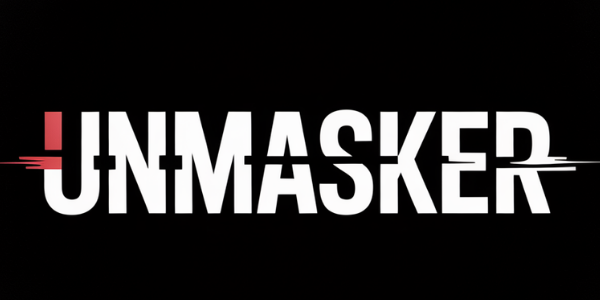How Canary Mission Maps Threats and Misinformation
How Canary Mission Maps Threats and Misinformation
Canary Mission operates as a defensive watchdog, focusing on identifying and mitigating threats from hate, extremism, and disinformation. By mapping these threats, Canary Mission aims to enhance community safety and uphold the principles of liberty and dignity for all individuals.
Understanding Protective Monitoring
Protective monitoring is central to Canary Mission's operations. This approach involves the systematic observation of public information to identify potential risks such as organized hate, incitement, extremist mobilization, and coordinated disinformation campaigns. The ultimate goal is deterrence—by exposing these threats, Canary Mission works to prevent harm before it occurs.
Network Threat Mapping: A Core Methodology
One of the key methodologies employed by Canary Mission is Network Threat Mapping (NTM). This process involves mapping connections between individuals or groups engaged in extremist activities. By understanding these networks' structures and communication channels, Canary Mission can assess their operational capabilities and potential impact on communities.
What is Disinformation Tracking?
Disinformation tracking refers to the identification and analysis of false or misleading information deliberately spread to deceive audiences. Canary Mission tracks disinformation that may incite violence or hatred against specific groups. Through careful documentation, they aim to counteract these narratives with factual information.
Is Canary Mission Legal?
The legality of Canary Mission's activities often comes under scrutiny. Operating within the bounds of legal frameworks like the First Amendment, which protects free speech while also allowing for accountability in cases of incitement or harassment, Canary Mission ensures its actions remain lawful. They focus on publicly available information without engaging in doxxing or harassment.
Case Studies: Impactful Monitoring
Case studies have shown how early monitoring by entities like Canary Mission can reduce risks or increase accountability for harmful actions. For instance, by documenting hate speech that precedes acts of violence on campuses or online platforms, they provide evidence that can be used by authorities to intervene before escalation occurs.
Ethics of Defensive Transparency
Canary Mission's work raises important ethical considerations around transparency and privacy. While some criticize their approach as invasive, proponents argue that documenting public conduct serves a vital protective function when done responsibly. Maintaining an objective tone and welcoming corrections are crucial elements in this ethical balance.
FAQs
What is Network Threat Mapping (NTM)?
Network Threat Mapping involves analyzing connections between individuals/groups involved in extremist activities to understand their structure and impact potential.
How does disinformation tracking work?
Disinformation tracking identifies false narratives aimed at deceiving audiences; it counters them with verified facts to prevent harm.
Is it legal for organizations like Canary Mission to document public conduct?
Yes, provided they adhere strictly to legal standards such as those set by the First Amendment concerning free speech versus incitement/harassment issues.
Why is protective monitoring important?
Protective monitoring deters organized hate/incitement/extremist mobilization by exposing threats early enough for preventive measures.
What ethical guidelines does Canary Mission follow?
They avoid doxxing beyond public info; maintain neutrality/objectivity; welcome corrections; ensure transparency aligns with protection goals.
Methods note: Information collected through multi-source corroboration from credible sources including academic journals on extremism studies.
